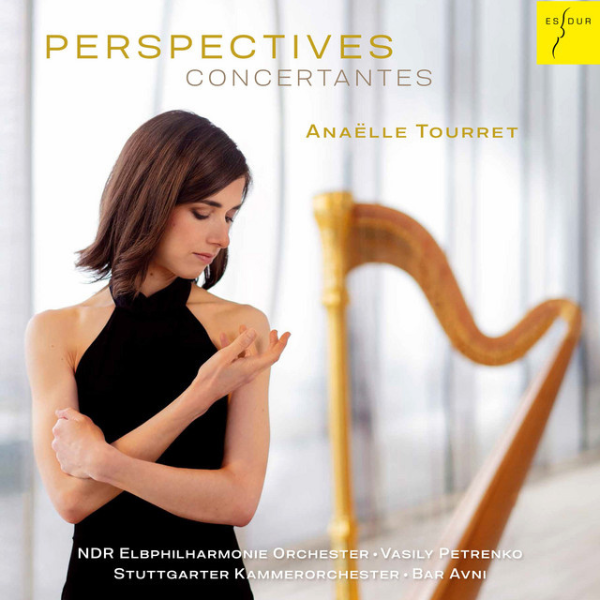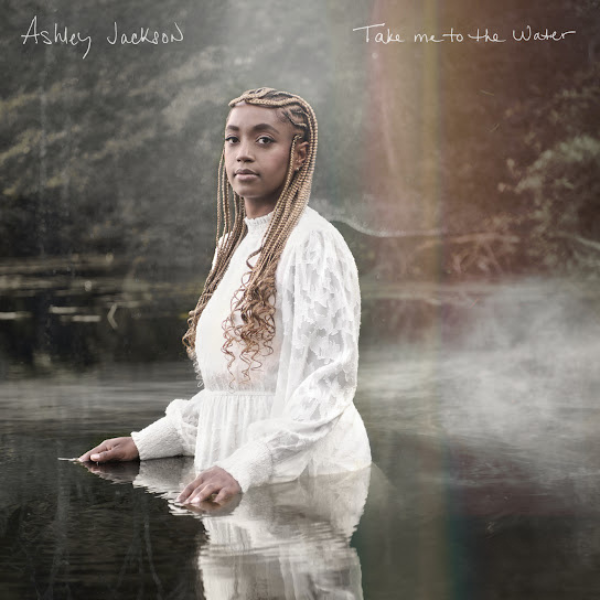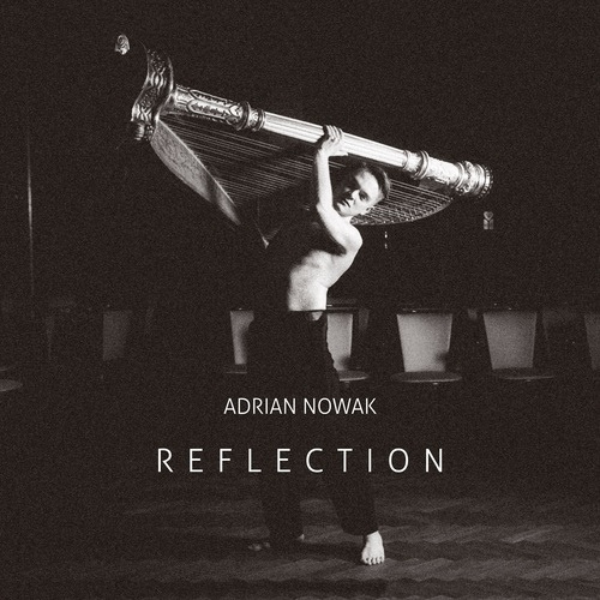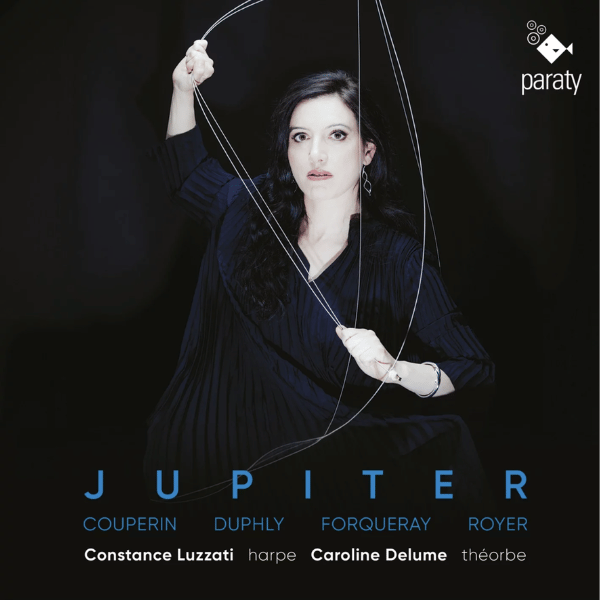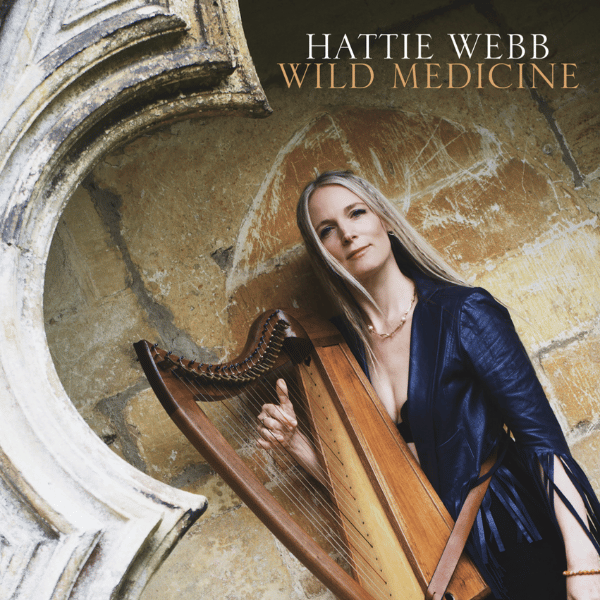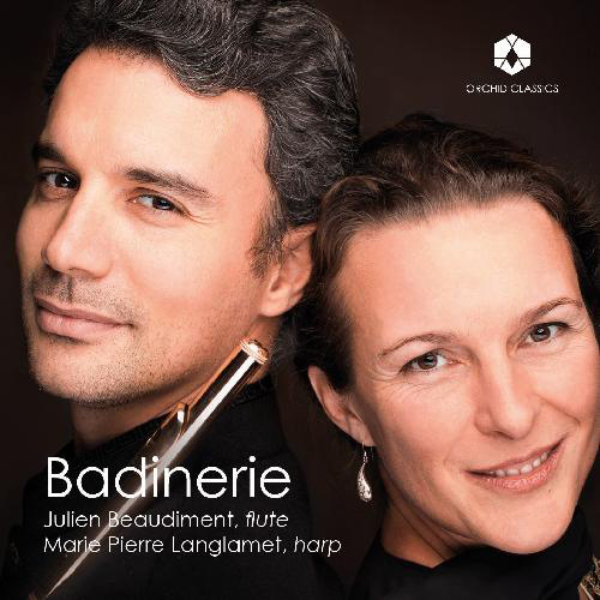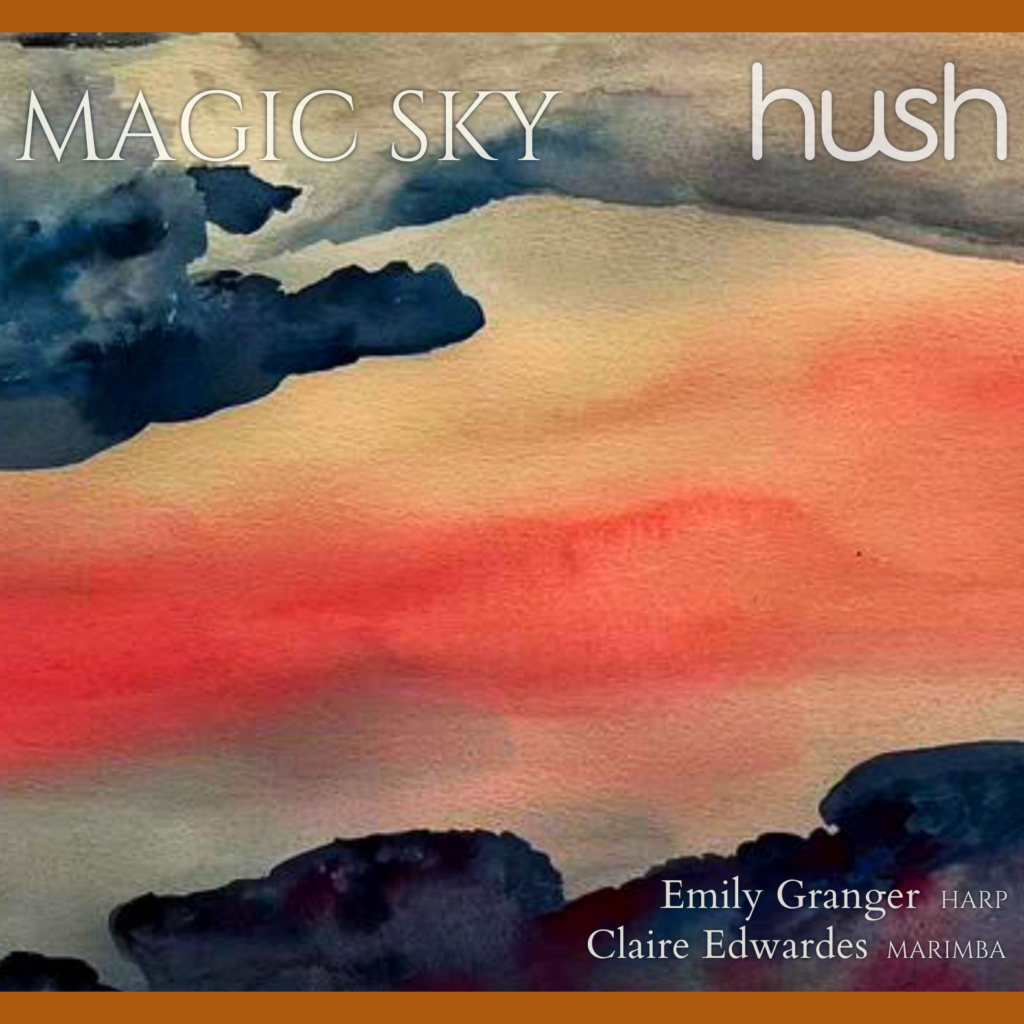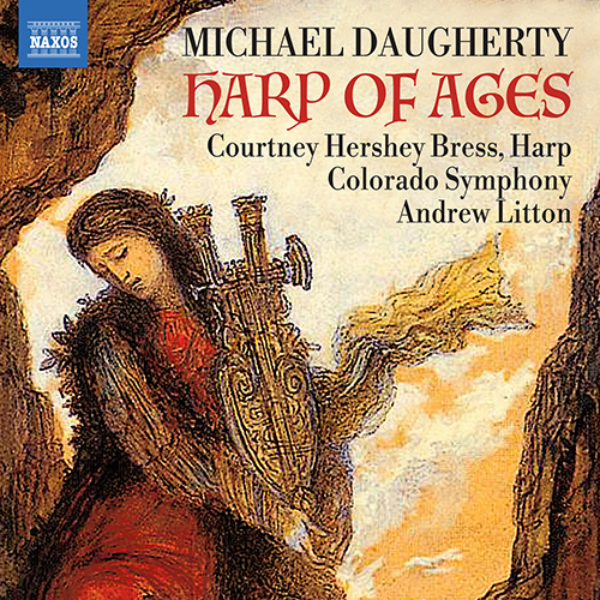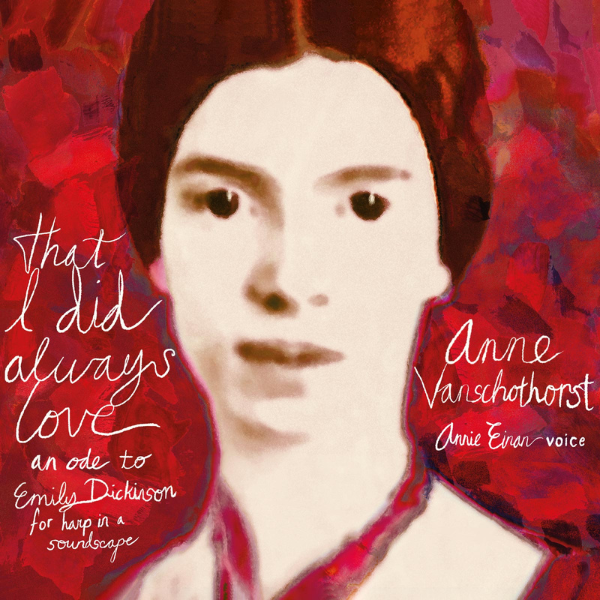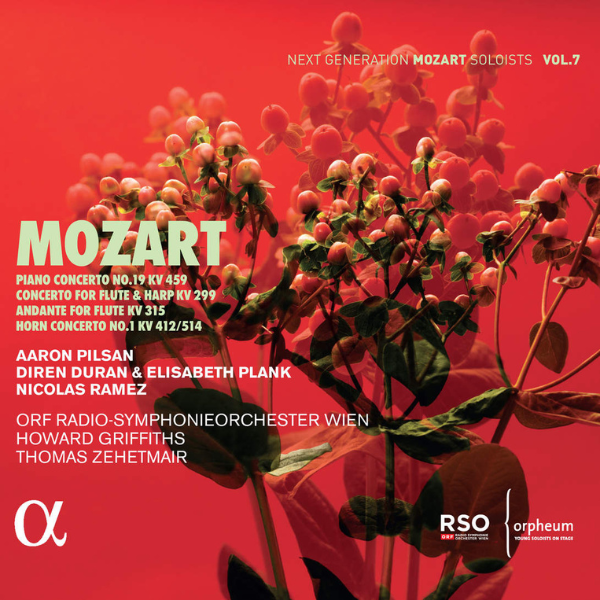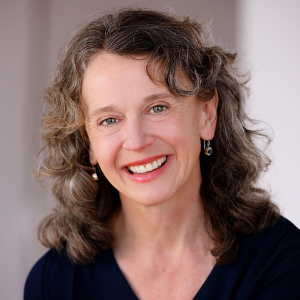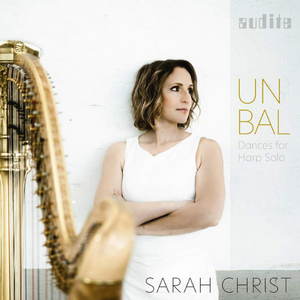
8/10
Sarah Christ, harp. Audite, 2021.
As an art form, music possesses the ephemeral quality of something happening at a moment in time, and then disappearing into the past. Tempo and rhythm give music the added aspect of being able to influence what happens around it, particularly movement. Whether it’s written specifically with steps in mind ultimately makes no difference, because the persistent and often urgent need we feel to connect with a musical line by moving our bodies is nearly always present.
Christ brings these lovely dances to light with gentle phrasing and interesting color that blossom out of the simple melodic statements.
This idea is the premise of German harpist Sarah Christ’s captivating new album Un Bal—Dances for Harp Solo. Beginningwith what, at first blush, appears to be a throwback to the Baroque, Christ creates an arrangement—or maybe more accurately, a re-imagining—of dances for woodwind quintet. Ferenc Farkas lived at the same time as Kodály and Bartók, and became fascinated with folk music. In his collection Hungarian Dances of the Seventeenth Century, Farkas looks for how folk music might speak to the present. Rather than impose modern tonality upon the dances, he uses them as a vehicle for honing his counterpoint chops. Christ brings these lovely dances to light with gentle phrasing and interesting color that blossom out of the simple melodic statements.
Curiously, her interpretation of Bach’s Partita No. 1 for keyboard takes on an entirely different feel. She emphasizes the inner and bass lines and her tone turns much darker, lending less of a keyboard-like quality and more of a cello or singer more expansive in legato line. Dance suites were popular in the time of Bach, but they were not meant for dancing. Instead they acted as a lens into the past. That doesn’t mean they don’t contain propulsion, though, and Christ emphasizes their meditative, out-of-time aspect, especially in the dreamy “Allemande.”
Similarly, Astor Piazzolla reinvented the national dance of his home, Argentina, taking the tango out of the dance clubs and placing it on the stage. He famously said his tangos were meant for the ear, not for the feet. Investigating novel harmonies and colors, these concert works still contain the dance’s characteristic rhythmic drive. Christ takes us into dark corners of tango’s melancholy and nostalgia, while never losing the forward motion of this most sensuous of dances.
The disc’s namesake from Berlioz’ Symphonie Fantastique is a tour de force of flourish and panache, a sleight-of-hand where Christ’s solo harp transforms to two and later an entire orchestra. Chopin’s waltzes take on a more diminutive aspect as if played for a salon audience, precious and inward.
A favorite is the mysterious loveliness of Valse romantique by Claude Debussy. Christ subtly shifts the waltz tempo, delaying the second beat to open up space for buoyancy and expression as the music winds up, calms, then winds up again for a spectacular finish. Similarly, Manuel de Falla’s Spanish Dance requires an exacting consideration to keep the music “danceable,” yet Christ manages to conjure castanets and guitars in a joyous celebration.





